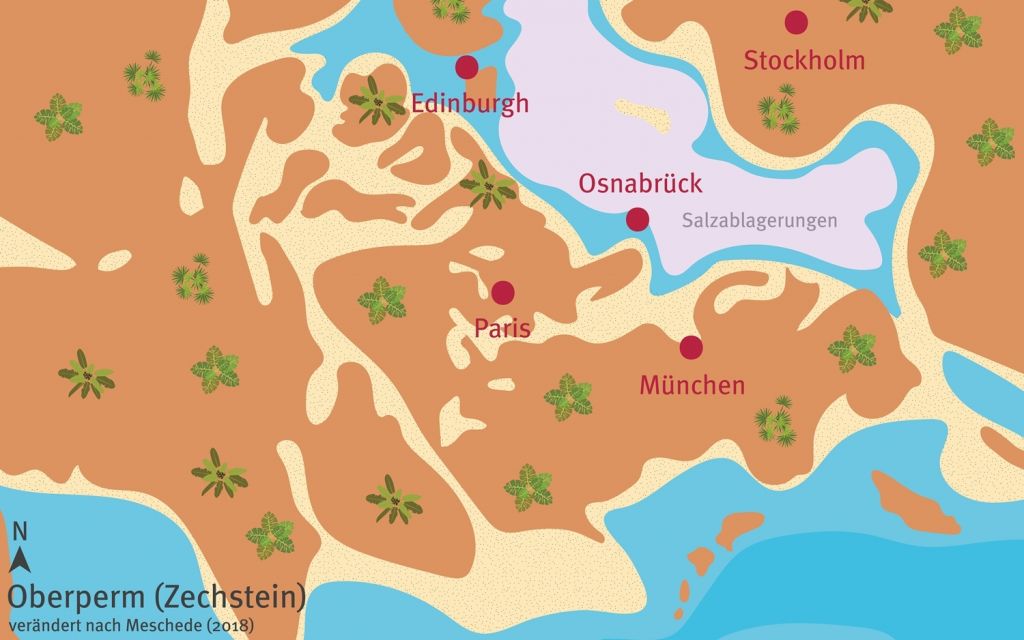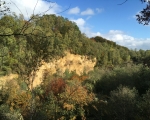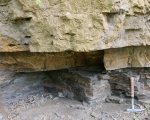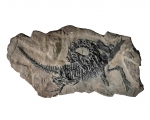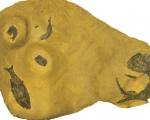Permian
Permian (299 - 252 million years ago)
It was not until around 257 million years ago that TERRA.vita became part of a depositional zone once more - on the southern coast of the Zechstein Sea in a large lagoon. Here, oxygen-free conditions prevented the decomposition of living organisms by bacteria, which is why fish with scales and internal organs, plants and the archosaur Protorosaurus speneri were preserved in the so-called copper shale (a dark brown claystone) (on display in the LWL Museum of Natural History in Münster).
Several million years later, the sometimes egg-yellow, dolomitic limestones and rock salts were deposited in a desert-like climate by evaporation in shallow marine environments. The Permian deposits can also only be found at the Hüggel, Schafberg and Piesberg.
Experience the Permian at TERRA.track Geological Trail Hüggel.
